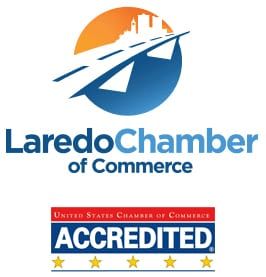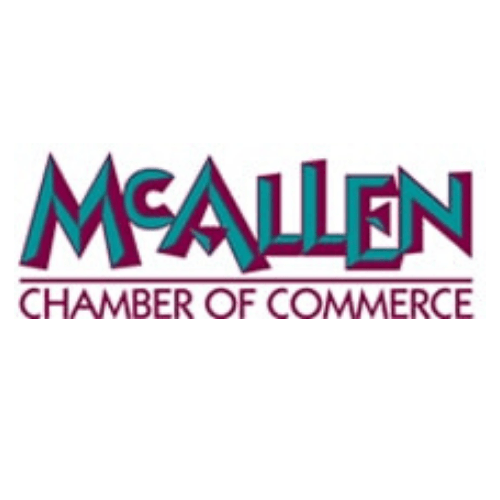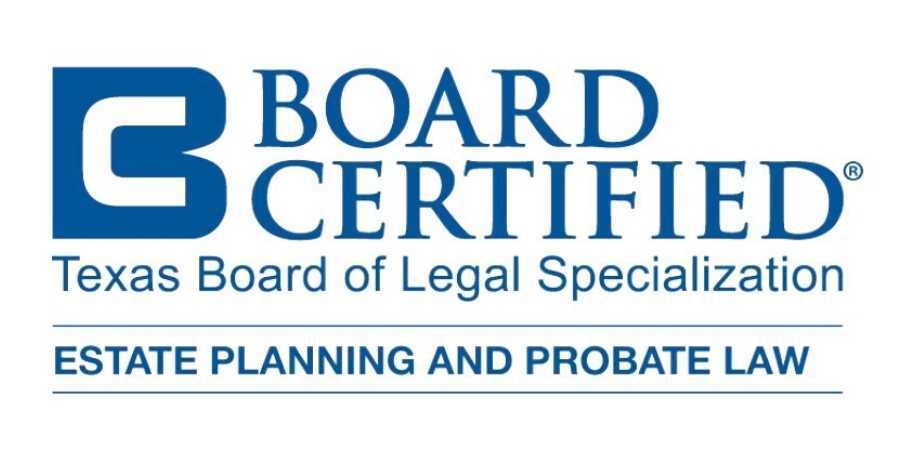Why I Recommend Multiple Entities for Business
This is a subtitle for your new post

Part of the reason that the Titanic sunk so quickly and so many lives were lost, was that the compartments that make up the hull of the ship were not completely sealed from one another. When the iceberg tore open the first three compartments, water flooded in and filled those then began filling the rest of the ship. If those compartments had been sealed from the others, the ship may have been able to stay afloat longer, proving safety for the passengers, at least until help could arrive, saving many lives that were lost.
What does this have to do with multiple entities?
As our businesses grow, and we acquire more assets, it becomes ever more important to compartmentalize these assets. I will give you an example of a type of business that is very prevalent in Laredo and along the border. The trucking industry. The company usually will begin with a few tractors, and maybe some trailers. If the business is well managed, sales increase and more vehicles are purchased. Then having a terminal or yard of your own in order to build equity and eliminate rent going out the door every month.
With this example in mind, let’s remember that the U.S. is the most litigious country in the world. Trucking is a high risk industry. Let’s say one of your drivers is negligent in his driving your truck, resulting in the death of a family. Your insurance company will provide a defense and may offer to pay the full policy limits to settle the case. But it might not be enough. If you began your business by forming a business entity like an LLC or a corporation, your personal assets will be protected, but all of the assets of the entity will be on the line to pay any shortfall the insurance does not cover. That means that all company vehicles (or the equity you have in them) and company property, can be sold to pay for the judgement. This can be a devastating result, even if your personal assets are not affected. Your way of making a living has been taken away and you have to start over from scratch.
Is there a way to reduce the risk? Yes, there is.
Again, using the initial example, I will show you that using multiple entities will provide protection, allowing you to continue moving forward with your business, without the total loss and devastation. As the business began to grow and acquire additional vehicles and equipment, you formed a new company to purchase the equipment, own it and lease it to your trucking company. In that lease, you specify that the trucking company is responsible for all maintenance and damages. Your trucking company now pays your leasing company to use the equipment, it does not own any vehicles. When you purchase your terminal or yard, you form yet another Company that rents the property to the trucking company. If there is an accident with your driver, they can only reach the assets of the trucking company. The trucking company does not own many hard assets, just some computers, desks, and other office equipment (if these things are not also leased). The vehicles (which are what make money for you) are then leased to a new company and will continue to produce income for you. The property is not exposed because it is in a completely separate company and a fair rent is paid.
This may sound too good to be true. It is not too good to be true, but it is more work to maintain the separateness of these companies. For this to work, you need to not just create the companies, you must insure that you maintain contracts, like if you were dealing with a stranger. You must maintain your entity minute books documenting all of the intercompany agreements and transactions so you can defend the separateness of the companies. It is through the regular maintenance of the intercompany transactions and records that you insulate each entity from the other.
Unlike the Titanic, by forming these compartments in your businesses, and maintaining the separateness, you can rest assured that your ship will not be easily sunk and that you will be able to make your way to continued success.
If you are interested in forming a new entity or to review your business structure, contact me at 956-791-5422 or email at info@dickersonlaw.com to schedule an appointment for a review of your business structure.


CONTACT INFORMATION






















